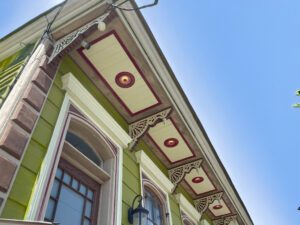New Orleans homes are known worldwide for their distinctive historic ironwork — from the famous and elaborate cast iron cornstalk fences to the intricate wrought iron railings on French Quarter balconies. Both cast iron and wrought iron have graced the exteriors of many historic buildings throughout the Crescent City, but they are distinct materials with unique characteristics and uses.
Understanding the difference between wrought iron and cast iron will not only help you appreciate their role in New Orleans architecture but also guide you when renovating and maintaining your historic home.
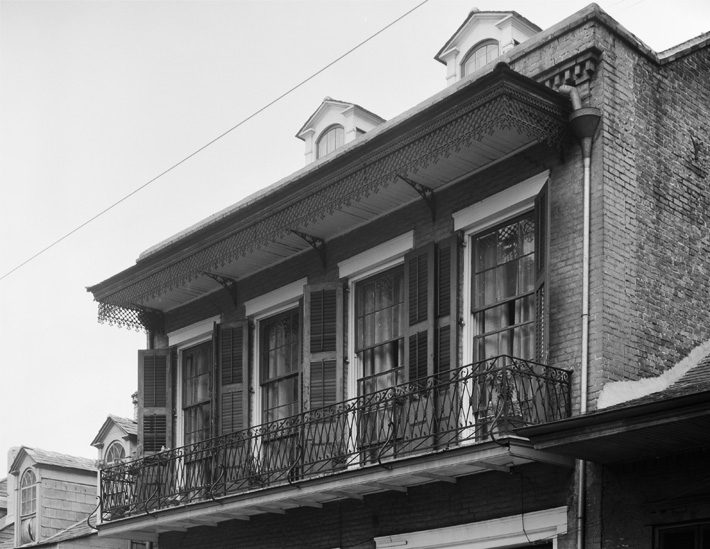
Wrought Iron
“Wrought” is an archaic form of the word “worked,” so wrought iron literally means “worked iron.” Most historic wrought iron was produced by blacksmiths through a labor-intensive process that involved refining and shaping the metal by hand.
Characteristics of Wrought Iron
- Low carbon content – Contains less than 0.1% carbon and about 2% slag (silicon and impurities).
- Fibrous texture – Slag runs through the metal as fibrous intrusions known as stringers, giving it a distinctive textural grain.
- Hand-forged – Wrought iron was refined in batches (called blooms) and beaten while hot to remove slag.
Wrought iron is highly ductile, meaning it can be shaped into elongated, intricate forms — something cast iron cannot achieve. This made it ideal for decorative railings, hinges, locks, and other architectural details. Many early French and Spanish colonial buildings in New Orleans feature wrought iron elements shaped by local blacksmiths or imported from foundries. Wrought iron railings tend to have thinner, more delicate forms compared to cast iron.
Unfortunately, true wrought iron is no longer produced commercially. Most “wrought iron” products available today are actually mild steel. However, small quantities of genuine wrought iron are sometimes produced from recycled scrap for architectural restoration projects.
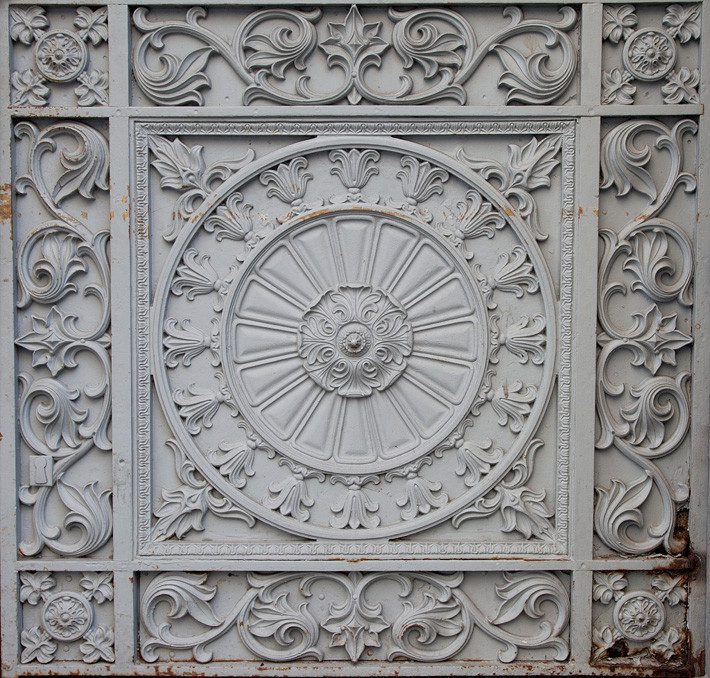
Cast Iron
Cast iron is an alloy of iron, carbon (2.5%–4%), and silicon (1%–3%). Unlike wrought iron, which is manually shaped and beaten, cast iron is poured into molds while molten, which allows for more complex shapes and intricate designs.
Characteristics of Cast Iron
- Brittle – Historic cast iron is brittle and cannot be reworked once cast.
- Corrosion-resistant – More resistant to corrosion than wrought iron or steel.
- Strong under compression – Cast iron holds up well under weight but is weak under tension.
By the mid-19th century, cast iron had largely replaced wrought iron for decorative work due to its versatility and lower cost. Foundries in New Orleans, such as Leeds and Co., Shakespeare Foundry, and Miltenberger, produced cast iron components for railings, balconies, and columns.
The ability to cast intricate shapes made cast iron ideal for decorative elements inspired by natural forms like vines, leaves, shells, and flowers. The Pontalba Buildings’ cast iron railings featuring the “AP” monogram of Micaela Almonester y Rojas, Baroness de Pontalba, are among the most famous examples of cast iron work in New Orleans.
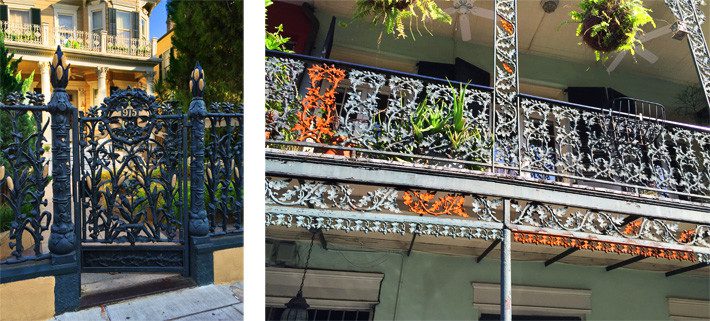
Maintaining Historic Wrought and Cast Iron
Regular maintenance is essential to preserve the beauty and structural integrity of historic ironwork.
Inspection and Repairs
Regularly inspect iron components for loose or corroded fasteners, cracks, and structural weakness. If damage is found, an architect can assess the condition and recommend appropriate repairs. If a component is damaged beyond repair, it should be replaced with a matching piece in terms of material, dimensions, and finish.
Repainting
Rust-inhibitive paint is crucial for protecting both wrought and cast iron from corrosion. If the existing paint is intact, fresh paint can be applied directly on top of the previous coat. If rust or flaking paint is present, remove it and apply a compatible primer before repainting. Avoid modern latex paints, as they can trap moisture and accelerate damage.
Color Matching
Paint analysis by a color specialist can help identify historic colors appropriate for the period and style of your home. Choosing the right paint color helps maintain the historic character of your property.
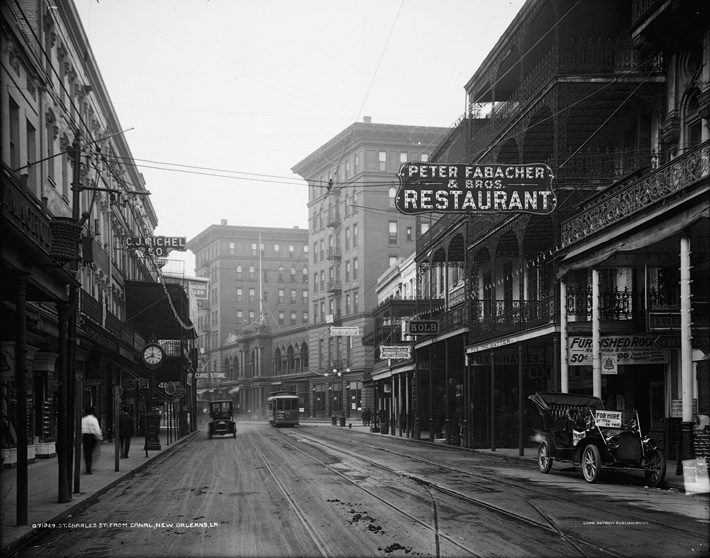
Why It Matters
New Orleans ironwork is more than just a decorative element — it’s part of the city’s architectural identity. Thoughtful maintenance and preservation ensure that historic wrought and cast iron continue to lend their charm and character to your home for generations.
For More Reading:
- Vieux Carré Commission Guidelines for Balconies, Galleries & Porches
- Historic District Landmarks Commission Guidelines for Porches, Galleries and Balconies
- Vieux Carré Commission Guidelines for Exterior Painting
- Preservation Brief No. 27: The Maintenance and Repair of Architectural Cast Iron
Whether you need guidance navigating the HDLC permitting process or want expert advice on restoring your home’s architectural details, contact us today.
This post is part of our “Your Historic Home” series. Check out the full series for practical tips, expert insights, and a deeper appreciation for the materials and craftsmanship that define New Orleans homes.



